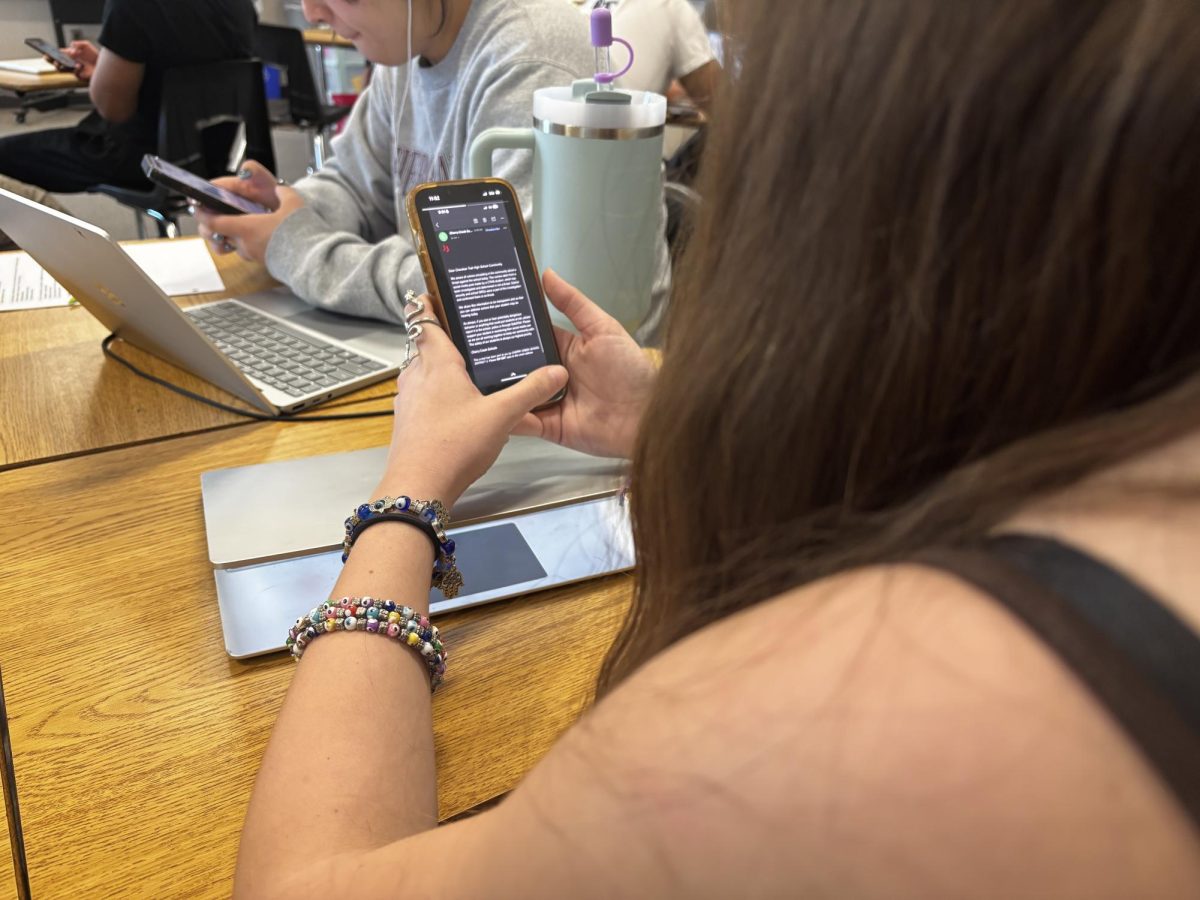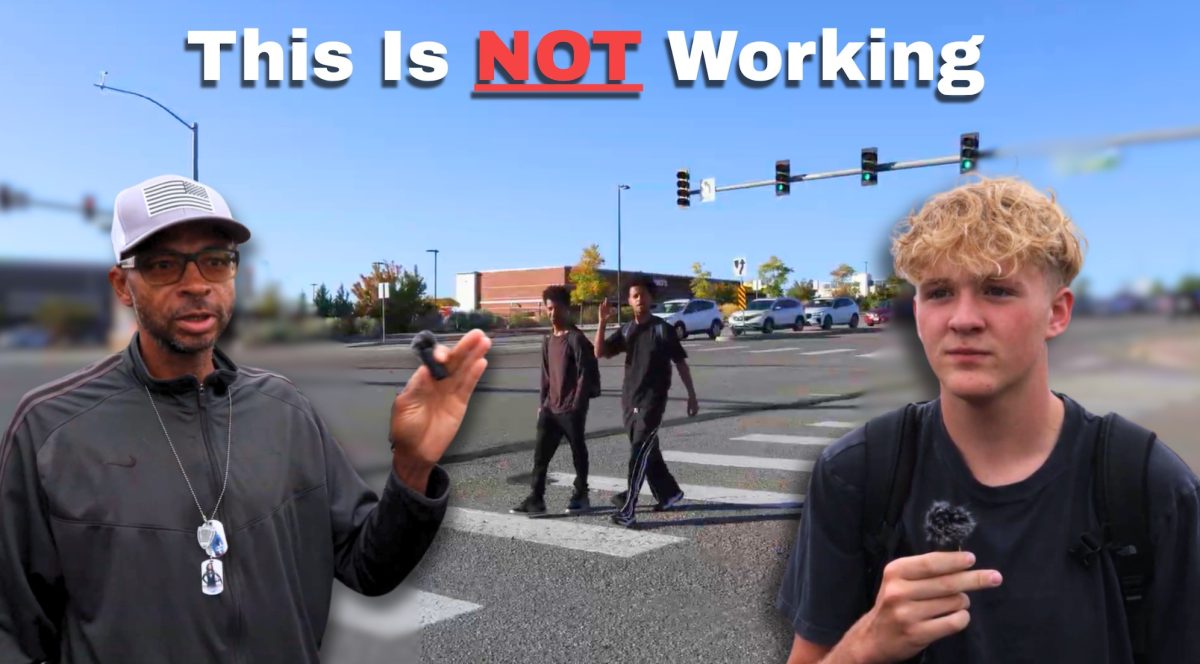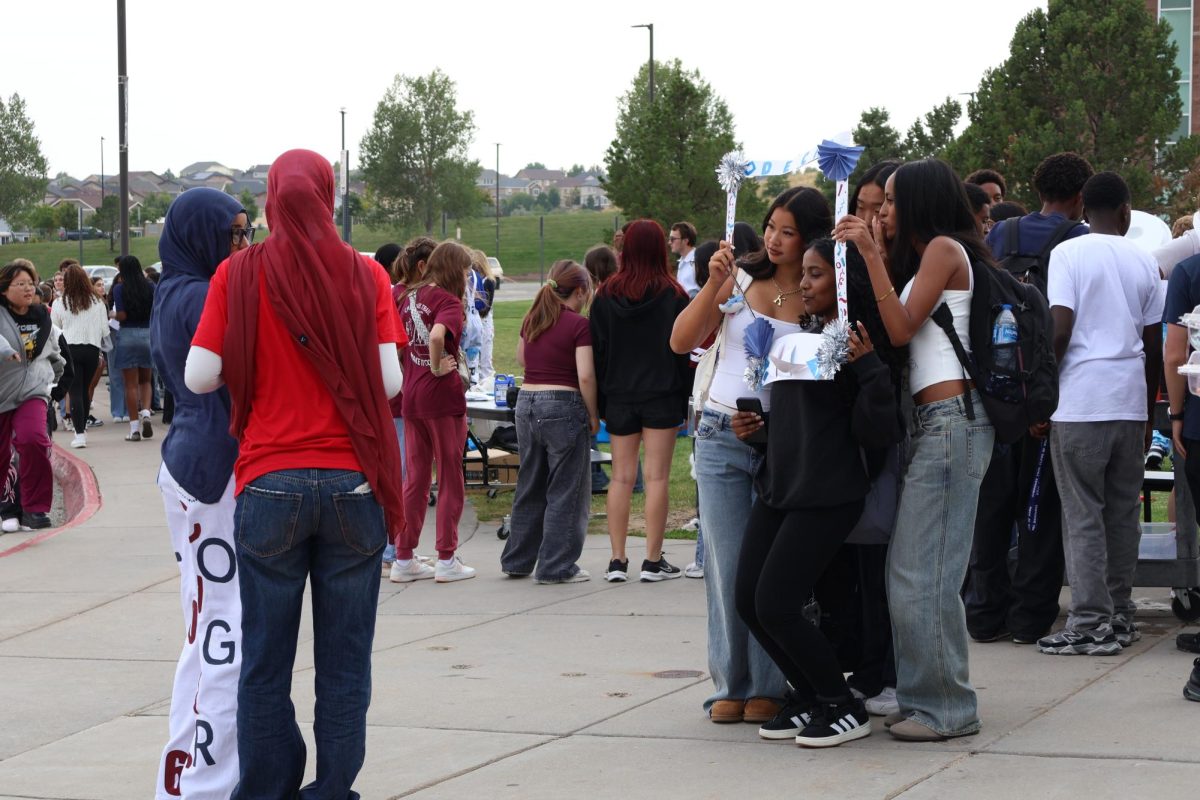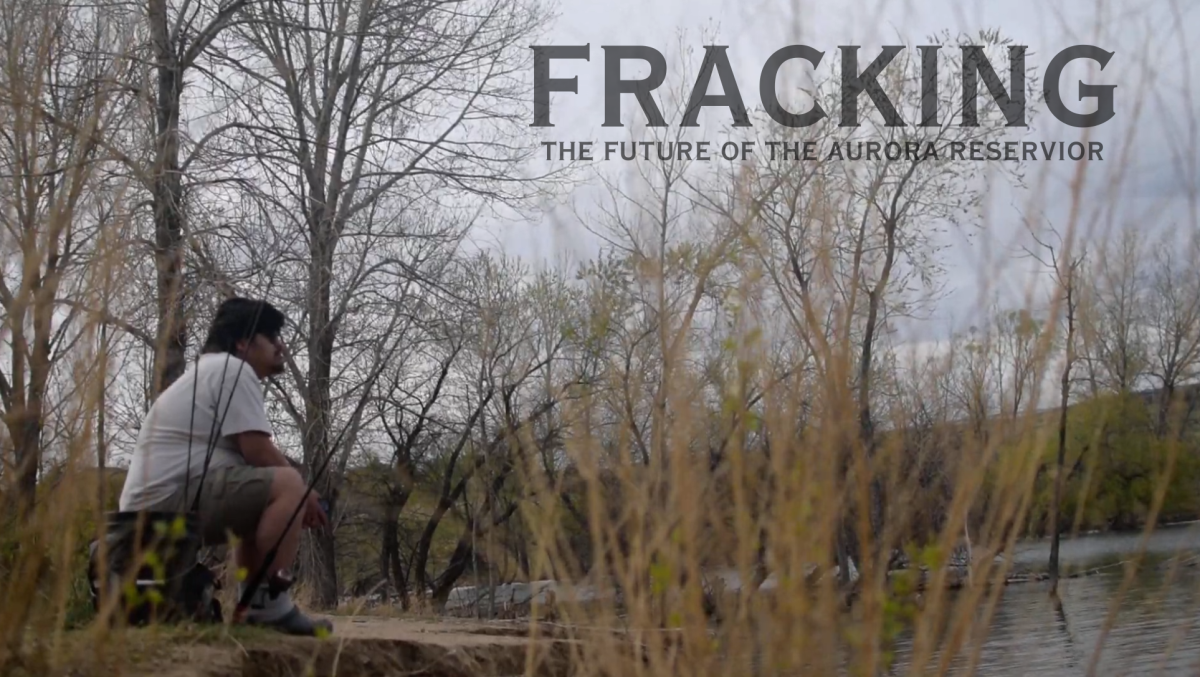School threats are a serious issue. However, not every ‘school threat is legitimate and can simply stem from rumors and misinterpretation that blow out of proportion. That doesn’t stop the rumors and fear from spreading when one is either made or mistakenly made.
On April 10th, at around 8:40, parents received an email from Cherry Creek School District stating, “We are aware of rumors circulating in the community about a threat against the school today. The rumors stem from a social media post made by a CTHS student, which has been investigated and determined is not a threat. District security and school SROs were a part of the investigation and confirmed there is no threat.”
In light of these recent events, with the threat to the school that was dismissed by SROs and the administration, questions have started to circulate on how exactly threats to the schools are handled. There are a few main components that are met when a threat is made to a school: receiving the threat, assessing the threat, finding the truth, and deciding on communication with the community.
The first step that happens is receiving the threat. “Whenever we have a threat against the school, my first call is with Mrs. Incitti, the principal. Our first call is to our SROs and district security,” Vice Principal Julian Jones said.
The administration will then choose what will happen, who all needs to be involved, and when and if the school needs to back away. “We meet, decide on our course of action so that I’m not stepping on their toes, and get any true information we can. Then at that point, you’re able to make a determination whether it’s a substantive threat, meaning this is very real, or it’s unsubstantiated, it’s not real, or usually it’s that,” Jones said.
After receiving the threat and assessing whether it warrants a bigger investigation or not, finding the truth is the next step, which is finding the truth. “What you have to do in these situations is you trace it to its source, which is oftentimes very difficult to do. You question as many people as you can about what they heard and try to find the truth, the truth is very difficult,” Jones said, “[The] bottom line is, we find we trace the threat down to its initial element and ascertain whether it’s true or not, and then we act according to that.”
The most difficult part in any case when the school receives a threat is deciding if and when it is logical to communicate with parents or guardians and potentially students. It is a matter of whether it will be something that can affect a large portion of the school or if it only affects a small portion of the school population.
“We don’t want to create a bigger panic than what we have. So if, for example, you came in and said, This is happening on the school campus, I would investigate that for sure. But if you’re the only one who’s perceiving that something is happening, do I make a system-wide decision based on one voice? Ideally, it’s corroborated by somebody else and somebody else.” Jones said.
The point during which the administration feels that it is time to communicate what is going on with the community is a task in itself. “It’s just a tough situation. But I think when is it that we know to do something in a lot of ways, you reach a threshold in your gut that says this is getting a little bigger than just a few people, we probably need to let parents know.” Jones said.
A majority of the time, students question why only parents receive the emails in these types of situations, and that is a process all on its own. “It’s difficult to inform students. We can run a mass report in PowerSchool based on guardian contacts, and it gives us that ability to send parents information very easily and very quickly. We don’t have that for students. We send it to email. How long would it take for you to check that?” Jones said.
When looking at alternative ways to communicate this information with students, they reach a whole new problem. “The only other option we would have would be get over the intercom and say, ‘Students, this is what’s going on, and please know that it’s taken care of.’ That is, are you, you know, are you creating more of a scene or incident than you’re trying to prevent? So that’s a tough one.” Jones said.
With the recent events of a dismissed threat to the school, knowing how the decisions are made and how these threats are handled can help ease the minds of some, while also being transparent with the community with what is allowed to be told. “It’s a matter of finding the truth and then honoring our community by letting them know that we’re on it because that’s really what parents want to know,” Jones said.
Students had their own opinions and feelings about the dismissed threat. “When I heard about [the threat], my first thought was, ‘well I have to at least go to weights.’ I wouldn’t say I was very scared,” Freshman Ava Bohannan said.
Sophomore Eve Harbeck also had her own opinion about the situation: “I wasn’t very concerned considering we have gotten a lot of threats, but nothing ever happens,” Harbeck said.
As for the problems with student communication about these types of situations, multiple different views and ideas could be taken into consideration to help ease the minds of students who hear about the rumors. “I believe the students should be notified because it would be nice to know that we will be safe throughout the day,” Bohannan said.
Whereas Bohannan simply believes that informing students could help ease minds, Harbeck has a different approach: “Telling [students] to be on guard or canceling school so we know no one will get hurt,” Harbeck said.
School safety is a concern for many students, parents, guardians, and teachers alike, but the process the administration has to evaluate threats is extensive. The work they do ensures the safety of the school and makes sure that they are transparent with the community based on what they are finding, especially when it affects a large number of people. School threats won’t necessarily go away, but knowing the process of the administration can help provide a little peace of mind.






